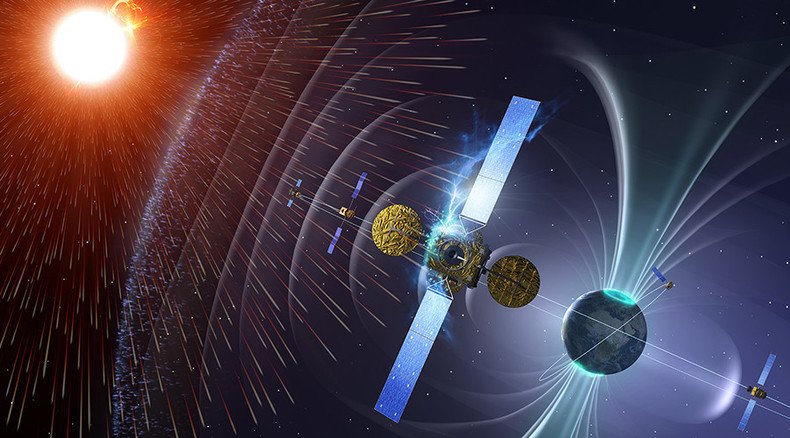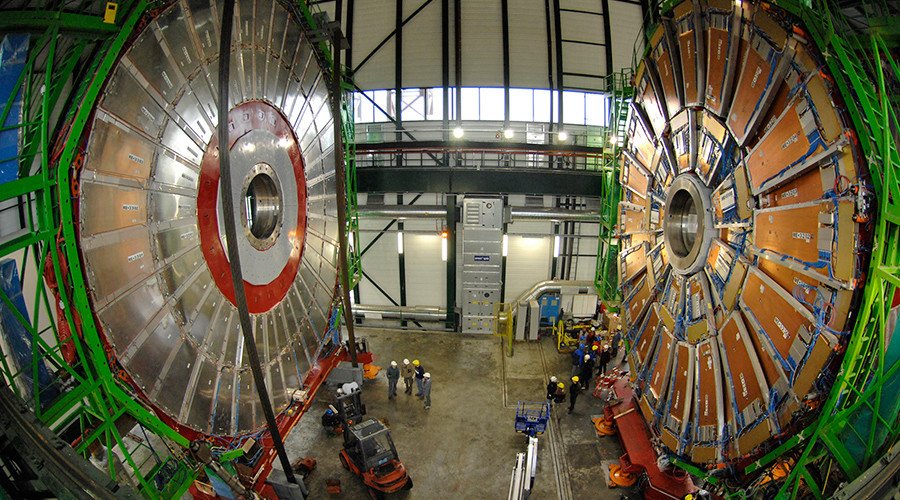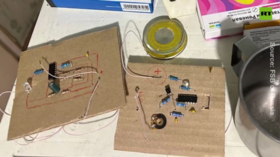Shields up! CERN testing superconductor for spaceship radiation deflector

The European Organization for Nuclear Research (CERN) is helping to create a space vessel shield that could allow explorers to travel to the far reaches of our solar system and beyond, without suffering from exposure to harmful space radiation.
Since 2013, the EU has funded the European Space Radiation Superconducting Shield (SR2S) project, a collaboration between leading scientific institutions, which CERN, based in Switzerland, has now joined.
CERN, famous for being the birthplace of the World Wide Web and hosting the Large Hadron Collider, is providing the material, which may be used in the shield. For its tests, it will be using magnesium diboride (MgB2), a record-breaking superconductor, whose properties were only discovered fourteen years ago.

“In the framework of the project, we will test, in the coming months, a racetrack coil wound with an MgB2 superconducting tape. The prototype coil is designed to quantify the effectiveness of the superconducting magnetic shielding technology,” said Bernardo Bordini, the head of the project, in a statement. “The idea is to create an active magnetic field to shield the spacecraft from high-energy cosmic particles.”
Shields in space: Magnetic technology developed at CERN could protect astronauts from cosmic radiation in space http://t.co/CBeZujoHI2
— CERN (@CERN) August 5, 2015The superconducting material was utilized for the Large Hadron Collider, to create ultra-bright particle beams at a low temperature. For the spaceship, the MgB2 coils could create an envelope that would not be penetrated by high energy cosmic-particles, akin to one that exists in the Earth’s atmosphere.
READ MORE: ‘Star Trek-like shields’: New radiation belt protects Earth from ‘killer electrons’
“If the prototype coil we will be testing produces successful results, we will have contributed important information to the feasibility of the superconducting magnetic shield,” said Bordini.
Space radiation particles, which come from our sun, and other objects beyond the solar system, inflict damage on the human DNA and organs, which accumulates over time, causing conditions ranging from cancer to dementia.
“Because of this, exploration missions to Mars or other distant destinations will only become realistically possible if an effective solution is found,” says CERN.
CERN, which operates on an annual budget of about $1,100 million, says that even if its tests show that a MgB2 magnetic shield is sound, this does not mean that it can be adopted as a practical solution within years.
“There are many more challenges to overcome before a spacecraft shield can be built: various possible magnetic configurations need to be tested and compared and other key enabling technologies need to be developed,” admits CERN.
“But the MgB2 superconductor seems to be very well-placed to take part in this challenging adventure as, among its many advantages, there is also its ability to operate at higher temperatures (up to about 25 K) thus allowing the spacecraft to have a simplified cryogenic system. Watch this space!”












